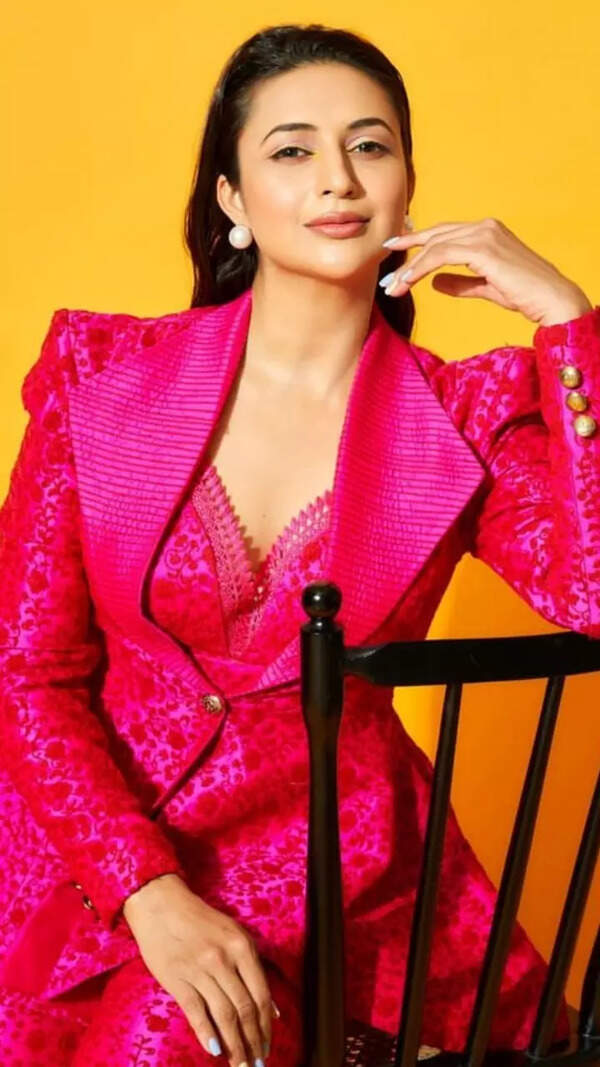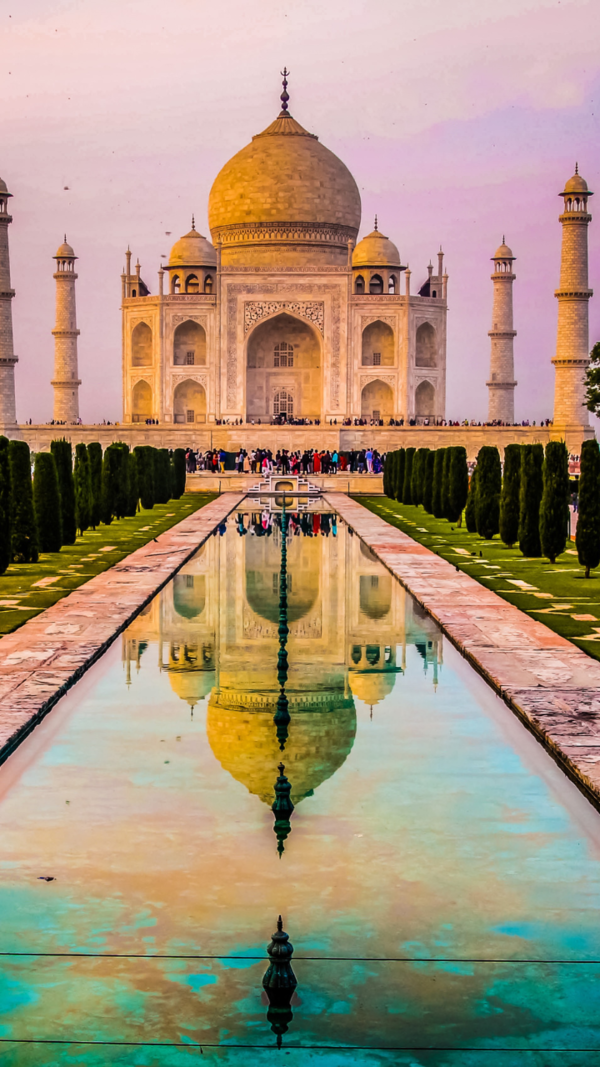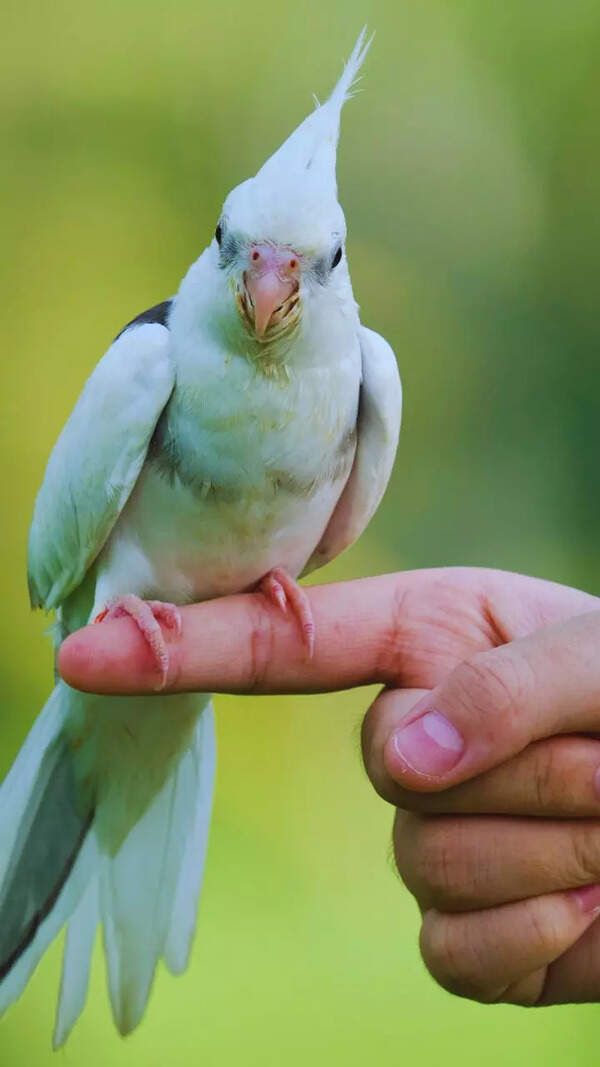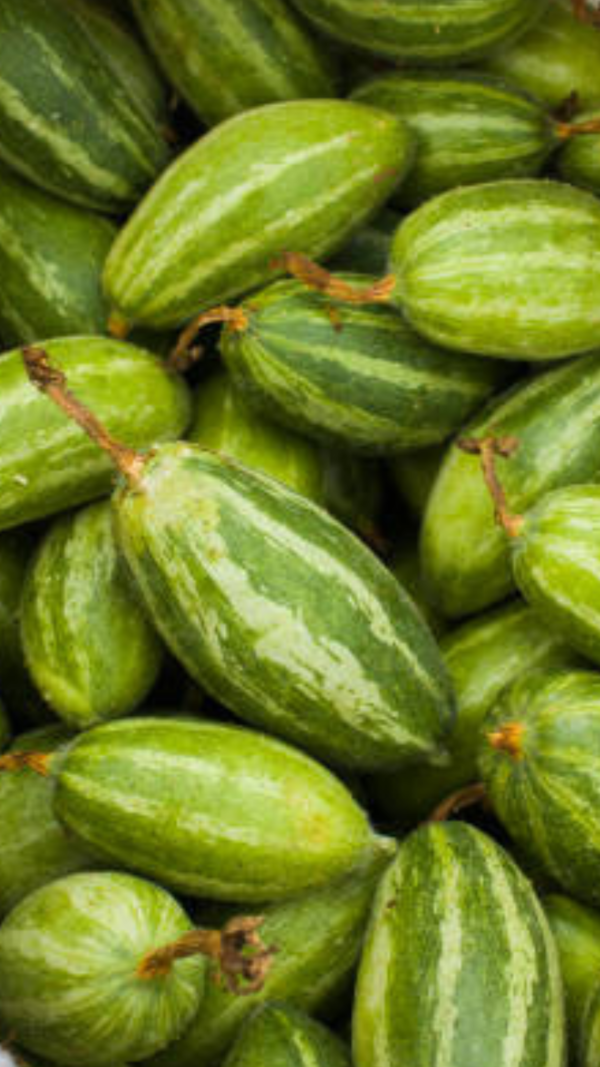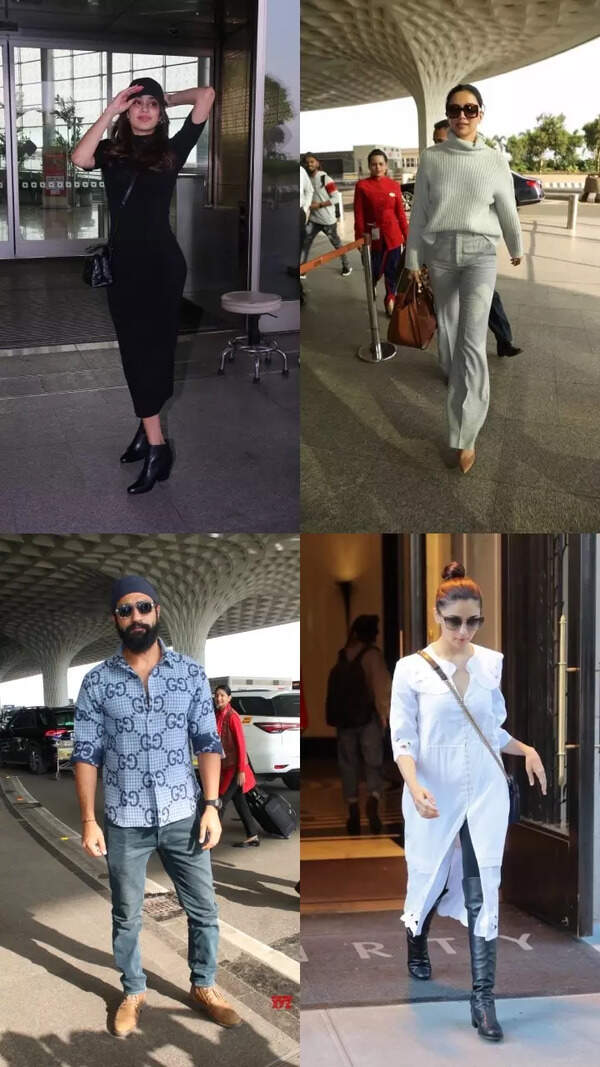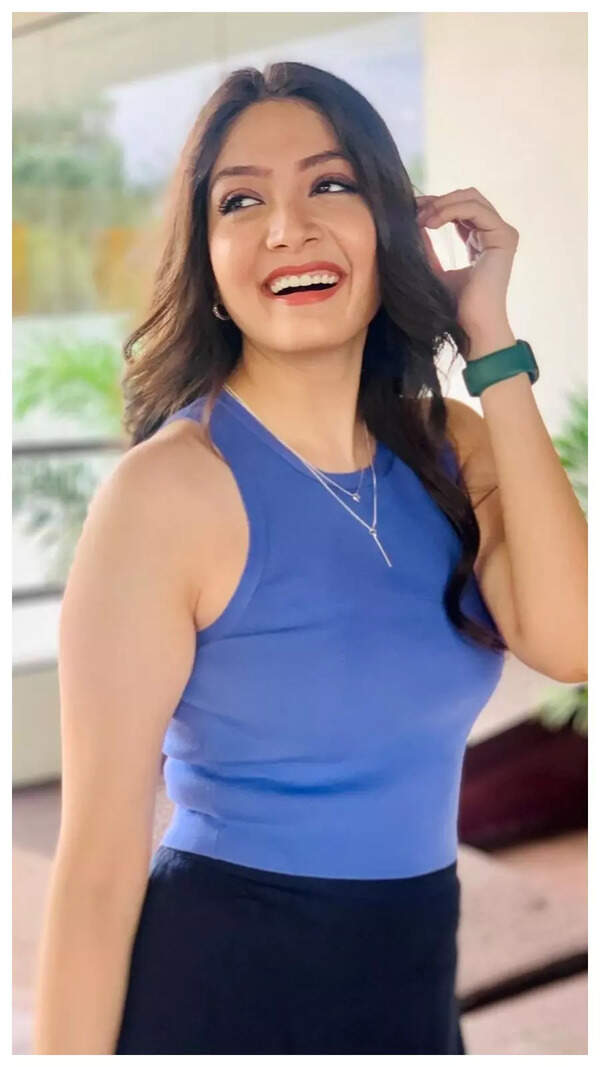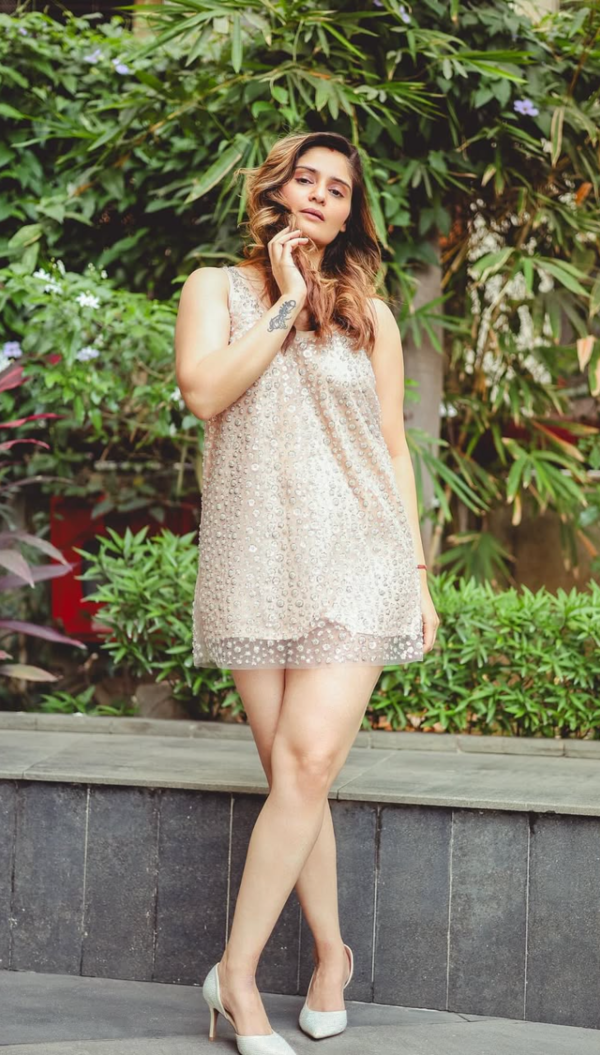- News
- lifestyle
- fashion
- style-guide
- 10 classic fashion terms and what do they mean
10 classic fashion terms and what do they mean

Fashion terms every fashionista must know
Anyone who has binge-watched Emily in Paris knows that there is a language unique to fashion. Reading a style magazine or watching a runway show can frequently introduce you to peculiar but difficult-to-understand phrases that capture the spirit of vintage fashion. If these terms get you scratching your head, we have got you covered. Here is a brief explanation of 10 classic fashion terms that every style aficionado should be familiar with:

Haute Couture
This one rules the fashion charts. Haute couture, a French word meaning "high sewing" or "high fashion," describes the custom clothing produced by leading fashion businesses. These custom-tailored items are renowned for their exquisite craftsmanship, elaborate details, and opulent fabrics.

Prêt-à-porter
We promise it is not the name of a breakfast ordering app. The word Prêt-à-porter means "ready-to-wear" outfits. It refers to apparel that is manufactured in factories and comes in regular sizes. Fashion designers still create prêt-à-porter collections for seasonal seasons, although they are mass-produced, unlike haute couture.

Silhouette
As the word says, it means defining a shape. A silhouette in fashion is the general form or outline of an article of clothing while it is worn. Sheath, ball gown, mermaid, and A-line are examples of classic silhouettes. It all comes down to how an article of apparel fits the body.

Capsule Wardrobe
If you have stumbled across a tutorial video about ‘how to create a capsule wardrobe,’ you already know what it is. This is a selection of classic and necessary apparel pieces that are always in style. The goal is to have a small wardrobe consisting of elements that can be used with a variety of outfits, such as a blazer, black pants, white shirts, and classic jeans.

Bespoke
We speak of ‘bespoke’ when we want our outfit to be made for our bodies. Bespoke, which is frequently used synonymously with "custom," usually refers to apparel that is tailored to an individual's dimensions and preferences. The industry that uses it the most frequently is men's tailoring, particularly for shirts and suits.

Ensemble
Often pronounced with a twisted tongue, the meaning of it isn’t that twisted. An ensemble is a full outfit made up of accessories and clothing that go together. The complete mix of styling and clothing. The harmony of the entire ensemble is emphasized rather than specific pieces.

Androgynous Fashion
This fashion term thinks that fashion is defined beyond genders. The customary distinctions between attire for men and women are blurred by this style. Consider flowy clothing for guys or fitted suits for ladies. Androgynous fashion is all about non-gendered styling and freedom of expression.

Couture
Haute couture and couture are frequently used interchangeably, although couture is the term used to describe the design and production of expensive, stylish clothing. Read this out loud: “Not all couture is haute couture, but all haute couture is couture.”

Minimalism
If you’re into clean eating, you may love the clean fashion too. Clean lines, neutral hues, and simplicity are the cornerstones of minimalist fashion. It emphasizes quality over quantity and features timeless, adaptable, and useful pieces rather than fads.

Bohemian (Boho)
Tassels, trinkets, and colors—going all out with your fashion choices is what boho entails. Boho fashion, which draws inspiration from free-spirited artists and nomads, is characterized by flowing lines, earthy hues, ethnic designs, and organic textiles. It gained popularity in the 1960s and is now a well-liked casual look.
If you understand what these terms mean, you will certainly become an intelligent shopper. Who knows? You might even be able to use them expertly.
